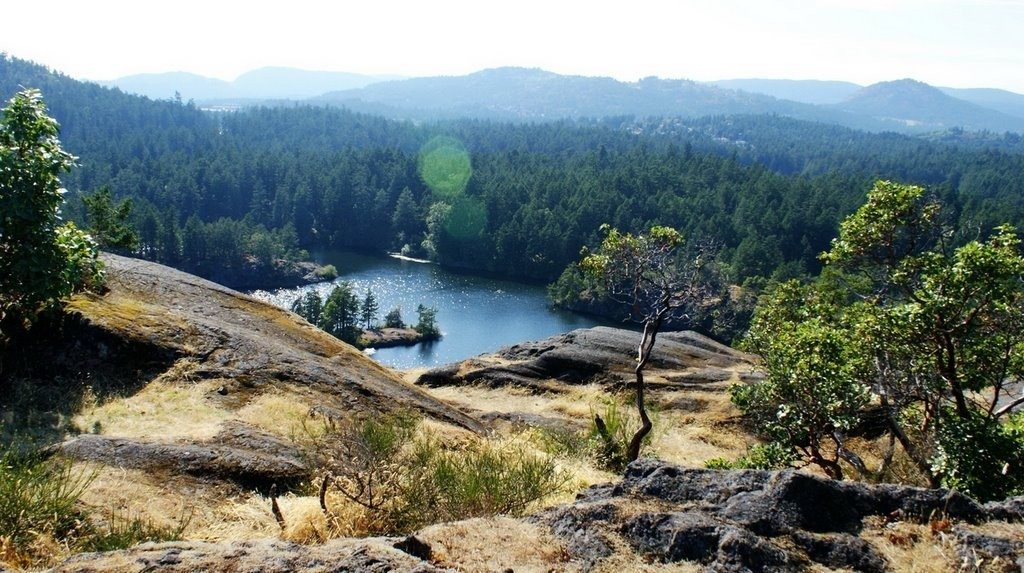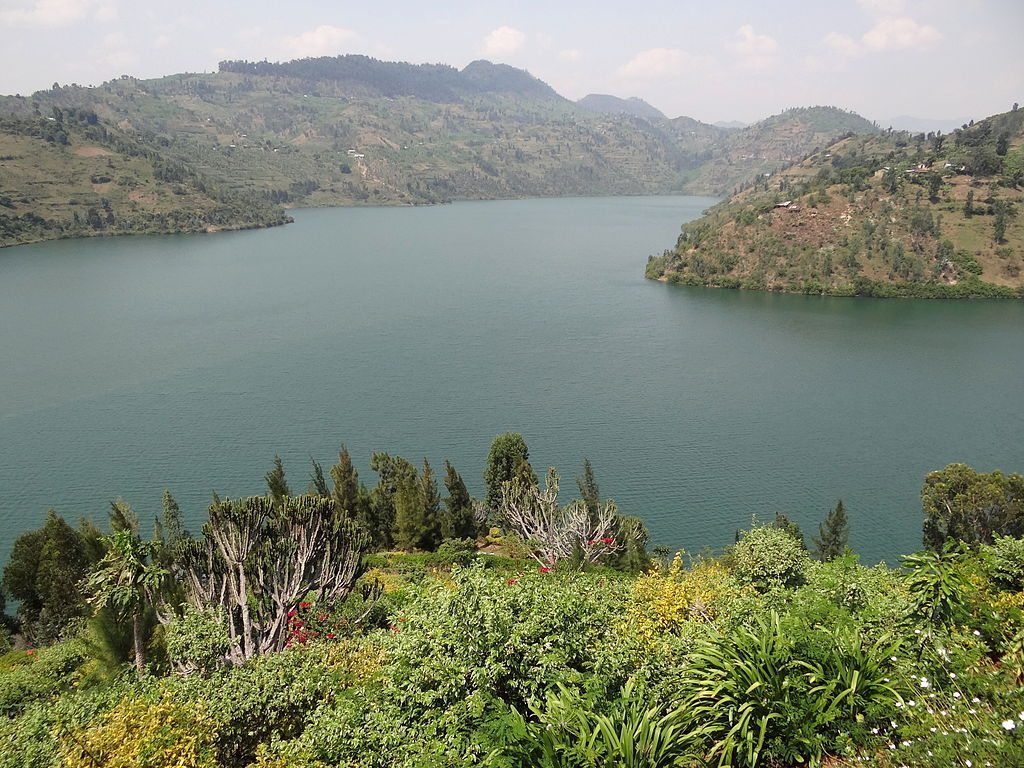Africa is quite large and is brimming with character, enviable blessings of nature, culture but none is as inviting as the many lakes that have made it one of the world’s greatest tourists centres. Speaking of lakes, the continent has many lakes but the largest lake in Africa is Lake Victoria. Located in east-central Africa, along with the equator, the huge lake is a popular stop for many tourists who are interested in aquatic safari due to the inestimable experiences it offers.
One of the great experiences comes from the immeasurable fish life in the lake which forms sparkling shoals with colourful cichlids. For this reason, fishing also draws many to this lake, basically people looking to participate in Nile Perch, known widely as the best game fish.
Lake Victoria is not only the largest lake in Africa but also the second largest fresh lake in the world, following Lake Superior in North America. The massive lake is Africa’s largest lake by area, and it is the largest tropical lake in the world and can be found on the borders of Kenya, Tanzania, and Uganda. It is also the heart of Africa and allegedly the source of its largest river, Nile.
Despite its hugeness, Lake Victoria occupies only a shallow depression in Africa. It has a maximum depth of 84 m (276 ft) and an average depth of 40 m (130 ft). Its catchment area covers 184,000 square kilometres (71,040 sq mi) which is quite large.
The lake has a shoreline of 4,828 km (3,000 mi), with islands constituting 3.7% of this length, and is divided among three countries: Kenya (6% or 4,100 km2 or 1,600 sq mi), Uganda (45% or 31,000 km2 or 12,000 sq mi) and Tanzania (49% or 33,700 km2 or 13,000 sq mi). The lake is a total of 26,600 square miles.

Discovery Of The Lake
The lake was first sighted by a European in 1858 when the British explorer, John Hanning Speke, in search of the source of the Nile, reached its southern shore while on his journey with Richard Francis Burton to explore central Africa and locate the Great Lakes.
Believing he had found the source of the Nile on seeing this “vast expanse of open water” for the first time, he decided to name it. This was how the Lake Victoria came about. John Hanning Speke, a British explorer and the first European to see and put down documentaries on the lake (1858) decided to named it lake Victoria, in honour of Queen Victoria of England. Lake Victoria is also called Victoria Nyanza. It is the chief reservoir of the Nile. The lake was formed when westward-flowing rivers were dammed by an upthrown crustal block. It is about 400,000 years old.
Facts And Figures About Lake Victoria
Lake Victoria receives almost all (80%) of its water from direct precipitation (rainwater), while the other 20 percent comes from small rivers flowing into the lake. The lake has two major affluents entering it westwards. They are the Kagera and the Katonga Rivers. The Kagera River is the largest and most important affluent of Lake Victoria. The lake’s only outlet is the Victoria Nile, which exits from the northern coast.

The land around Lake Victoria is densely populated, mostly by Bantu-speaking people, and the lake plays an important economic role in the lives of the people there. For tourists, sportfishing for Nile perch is a major attraction, as is bird-watching.
Lake Victoria has more than 200 species of fish, of which the Tilapia is the most economically important. However, there are serious fears that the ecological health of this lake is at stake because of adverse environmental factors such as pollution, water hyacinths, and over-fishing, which are affecting it negatively.
Read Also: All There Is To Know About The Congo River
The increasing population of inhabitants at the shores of this lake is not helping matters as they dump wastes (including raw sewage, domestic and industrial wastes), into the lake. It is this release of large amounts of untreated wastewater (sewage), agricultural and industrial runoff directly into Lake Victoria over the past 30 years, that has greatly increased the nutrient levels of nitrogen and phosphorus in the lake “triggering the massive growth of exotic water hyacinth.
The water hyacinths affect the lake negatively by reducing the amount of sunlight required by aquatics in the lake for their survival. As for over-fishing, this is as a result of the increasing demands for fish in Africa which is proportional to the increasing population.
It is worthy to note that on May 21, 1996, the ferry MV Bukoba sank in the lake. Approximately one thousand people lost their lives making it one of the worst maritime disasters in Africa’s history.
